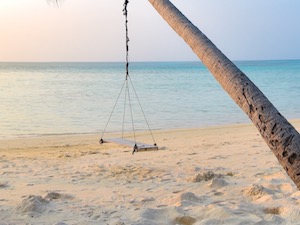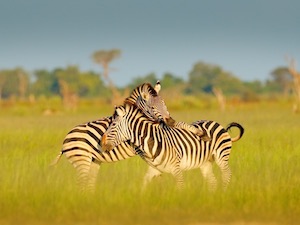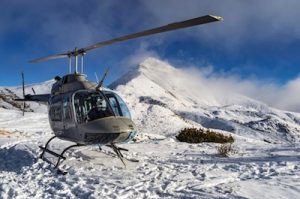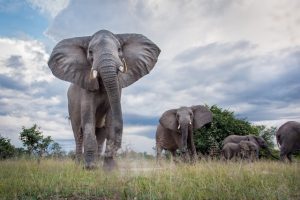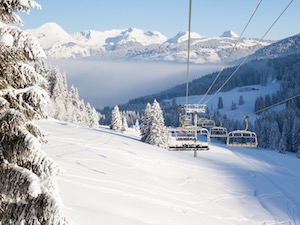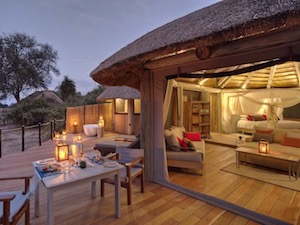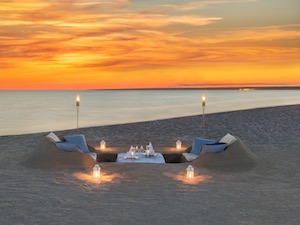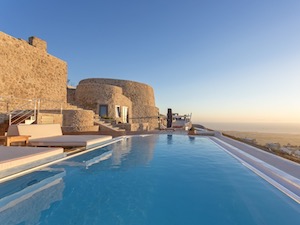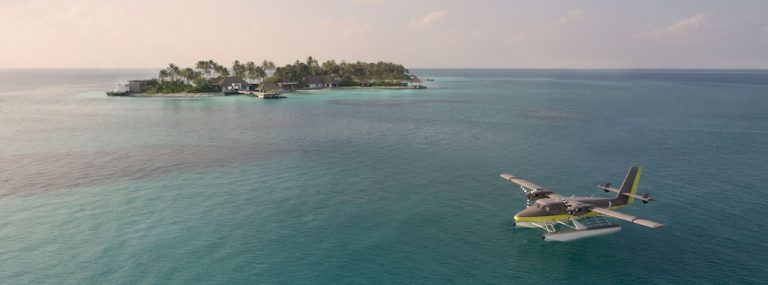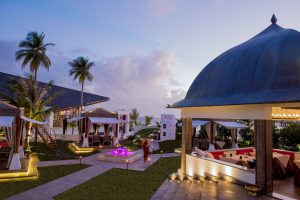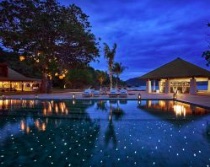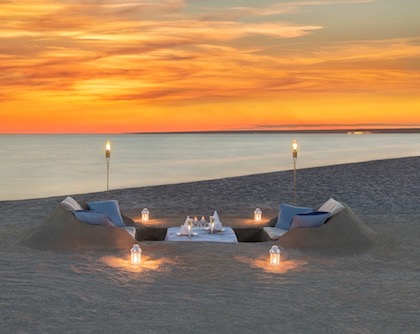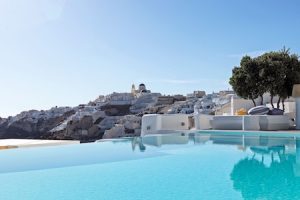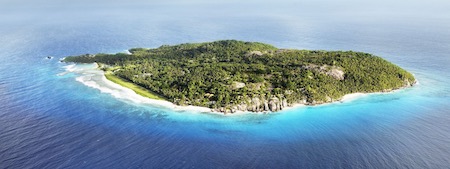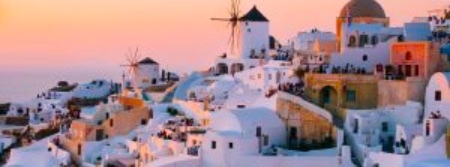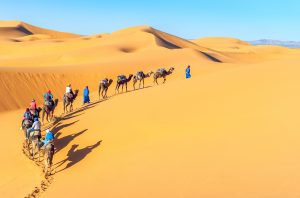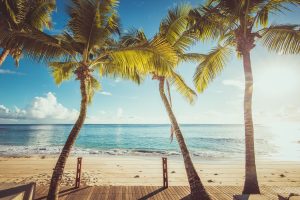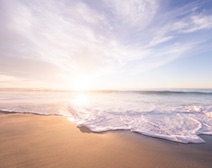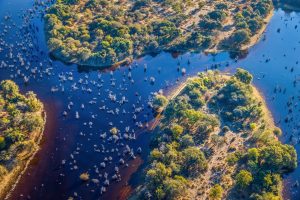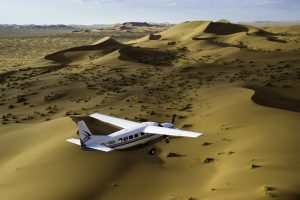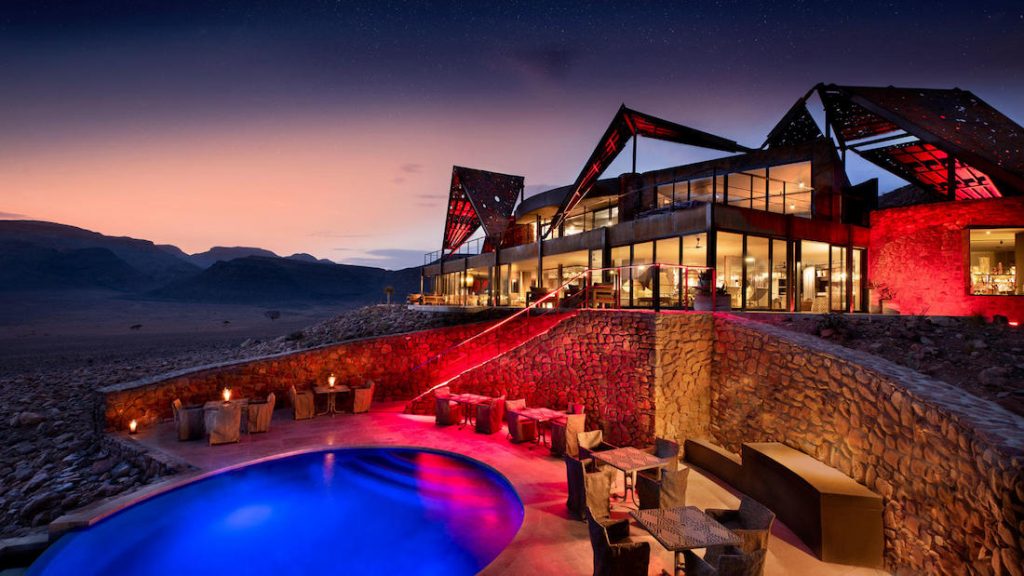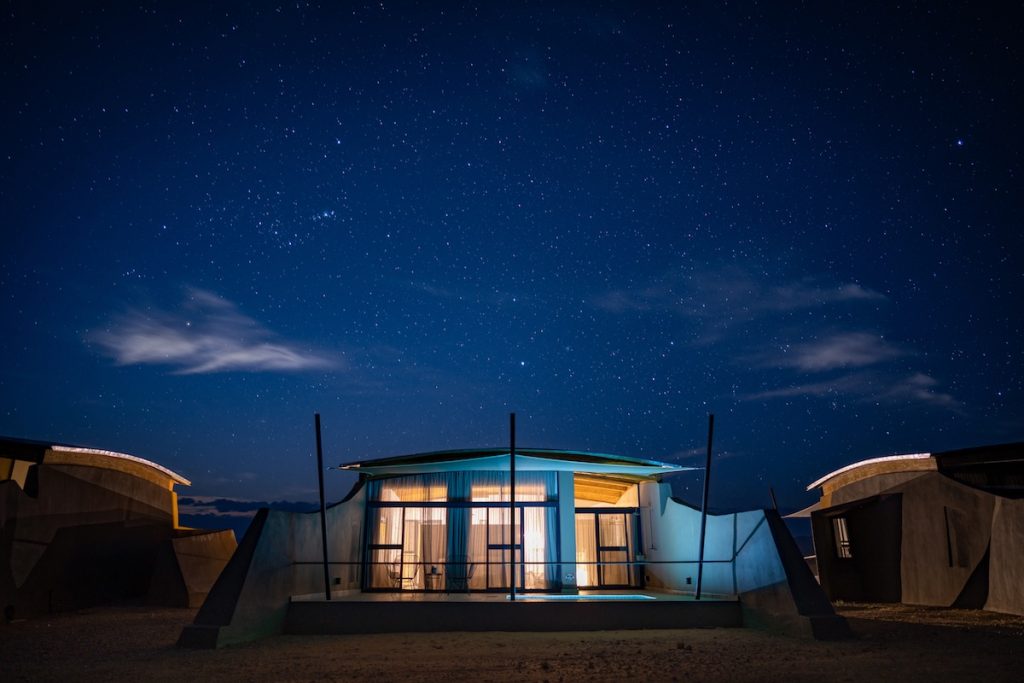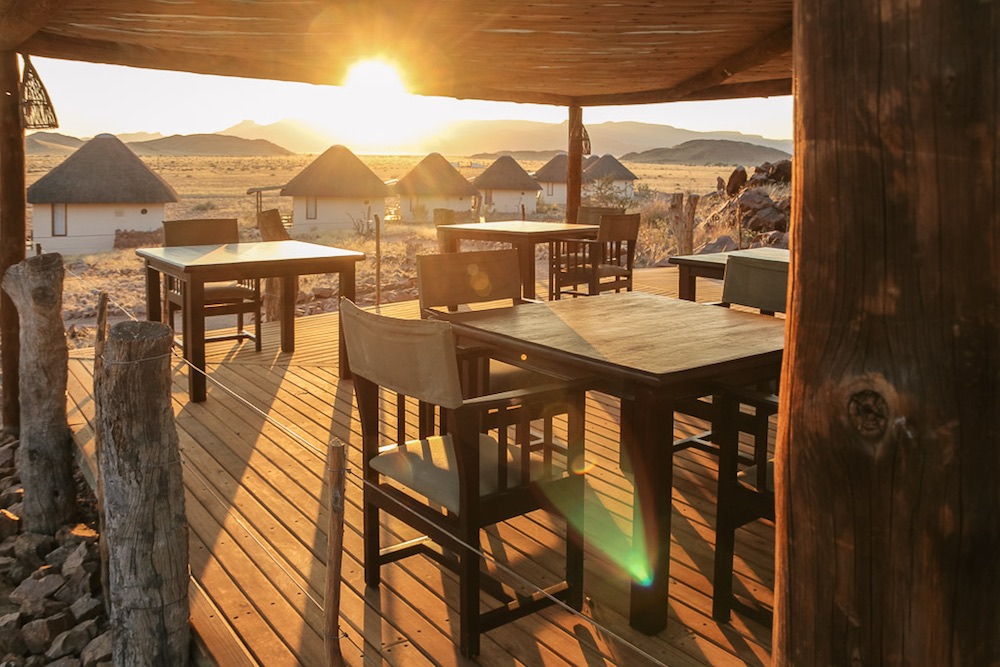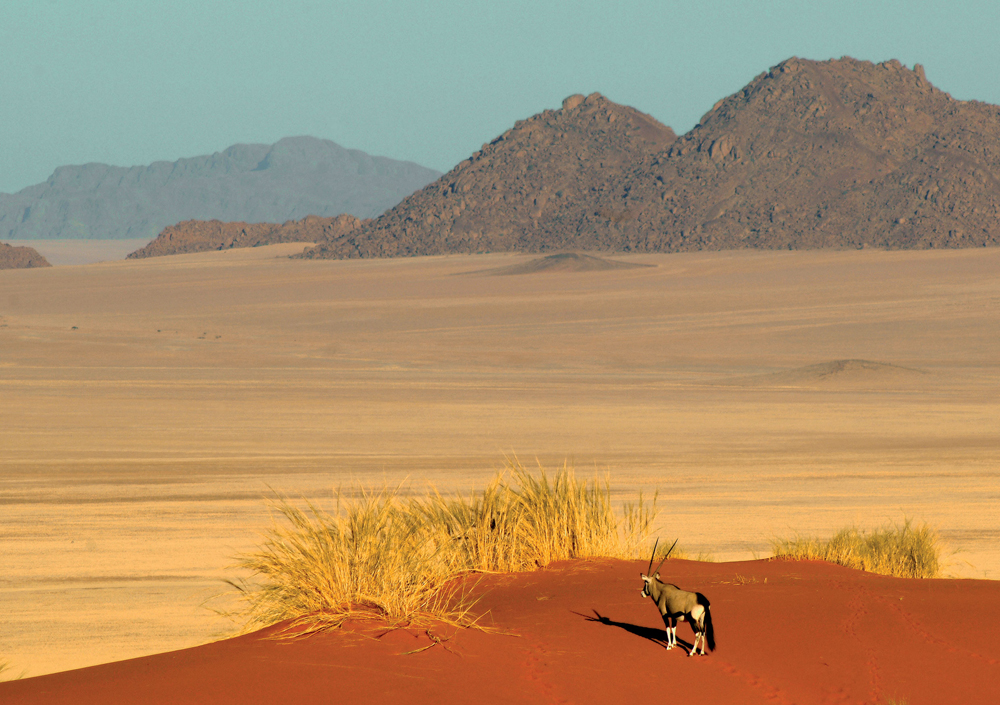The sand dunes in Namibia were created from the sand blown over from the coastline. The Sossusvlei area is part of the Namib Desert, the oldest desert in the world. Due to the way the wind blows within the Sossusvlei, constantly changing, it alters the shape of the dunes. These dunes are called star dunes, which extend downwards from a pinnacle point. The sand is rich in iron which gives it the deep red colour.
The Sesriem Gate opens at sunrise and this is the best way to get into the Namib-Naukluft National Park where the Sossusvlei dunes are. It is about one hour from the gate before you hit the dunes, on this drive you can see antelope and oryx.
Even in the winter it is very hot here – you need to be there early, firstly because watching sunrise in the desert is beautiful, the light is fantastic, but also primarily because it is much cooler. If you are planning to take on climbing a sand dune Big Daddy is the tallest sand dune at 325 metres in the Sossusvlei but not in the whole of the Namib Desert. Dune 7 is at 383 metres tall just tops it. For those that still want a challenge but only a 45 minute climb, Dune 45 is the most popular sand dune to climb.
When in the park, surrounded by sand dunes, you can drive onwards if you are in a 4×4 vehicle, towards to the Sossusvlei salt pan itself called Dead Vlei. This is a salt and clay pan within the national park, due to the lack of water and moisture in the air, trees which are hundreds of years old survive here unchanged.
